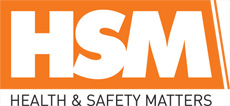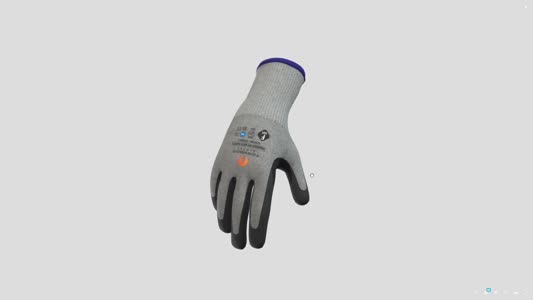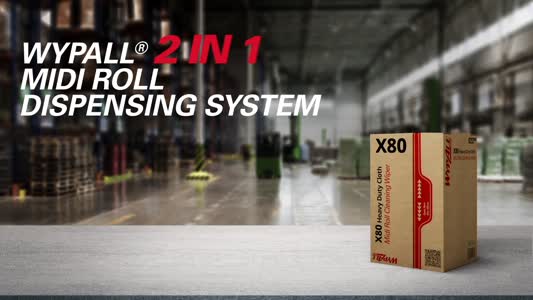
 |
Mark Sennett
Managing Editor |
 |
Kelly Rose
Editor |
| Home> | Slips, Trips & Falls | >Fall Prevention | >Safe access: A call of duty |
Safe access: A call of duty
30 August 2013
Safe access equipment often requires mounting on flat roofs which has traditionally presented building owners/managers with a number of issues. Dan Rushton, commercial manager at Big Foot Systems, explains how non-penetrative frameworks have evolved to overcome the challenges posed by retrofitting equipment.
Building and services maintenance means facilities managers, contractors and engineers are often tasked with making essential rooftop visits. These range from plant inspection and maintenance, to one-off repairs and replacement of equipment. Today roofs may be host to a wide range of services and pipework where a simple trip can become the devastating cause of a fatality.
Falls from height are the most common fatal accident in the UK workplace. During 2008/09 there were 35 fatalities, 4,654 major injuries and a further 7,065 injuries that caused a person to be off work for over three days or more. Unsurprisingly there is a continued focus on health and safety in this area and demand for safe access equipment that complies with Work at Height Regulations and does not damage existing flat roofs.
A duty of care
The Work at Height Regulation 2005 applies where there is a risk of a fall that is liable to cause personal injury. A key requirement of the regulations is to ensure appropriate work equipment is selected. Responsibility is placed on employers, the self-employed and any person who controls the work of others.
While contractors and engineers need to protect themselves working at height they also have a duty of care to anyone they contract to work at height and duty-holders that breach the regulations could face legal action.
Considerations
There are a number of areas engineers and health and safety professionals need to consider when selecting safe access systems for flat roofs. Firstly the equipment needs to be manufactured from appropriate materials to ensure it is robust and can withstand harsh conditions. Wooden gantries, steps and frames will rot if not maintained. Meanwhile, walkways and step overs need to be slip free.
Load management is another key consideration. The roof must be strong enough to support the load of additional safe access equipment and the pedestrians using it.
Evolving solutions
Traditionally penetrative systems have been used on flat roofs when a safe access system was required. This can effect roof membrane integrity and cause potential problems with thermal bridging.
However, in recent years there has been an evolution in safe access equipment, moving away from penetrative options towards the non-penetrative safe access frameworks.
These frameworks offer secure and easy access to roof-top building services via standard and custom designed site-assembled, safe access walkways, platforms and step-over solutions. Recyclable and repeatable they meet the changing needs of a building and can be moved or adapted.
Ideal for new build projects and retrofitting non-penetrative safe access systems are easy to install, ensuring project cost and time clarity. They also remove the need for penetrations through the roof, thus maintaining the integrity of the roof membrane and avoiding thermal bridging and moisture ingress.
Robust and secure
Standard and custom step overs allow for the safe passage of personnel accessing rooftop equipment over obstacles, such as chilled water pipework.
When manufactured from GRP and/or galvanised metalwork the equipment is robust and can withstand anything the elements can throw at it.
Finally, load management is essential when installing safe access equipment on flat roofs. Limited space, existing upstands and lightweight roofs may all require custom support solutions. Manufacturers, like Big Foot Systems, overcome these challenges with the aid of their technical surveyors and by using ANSYS FEA software to calculate permissible loads.
With working at height still topping statistics for fatalities in the workplace it is essential for engineers to work safely. Non-penetrative safe access support systems offer a secure route to access plant and manage the flow of personnel. As such they offer a simple solution to reduce the very real risks incurred when working at height on flat roofs.























